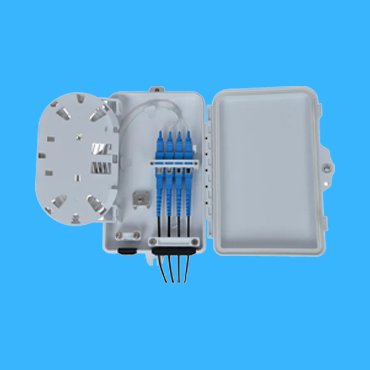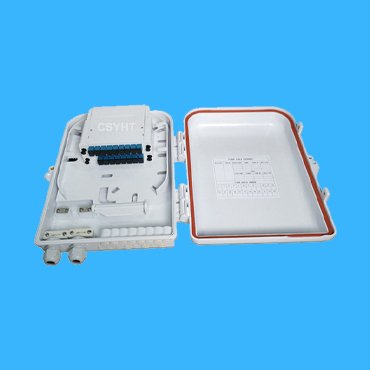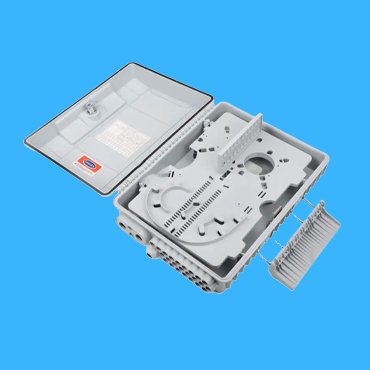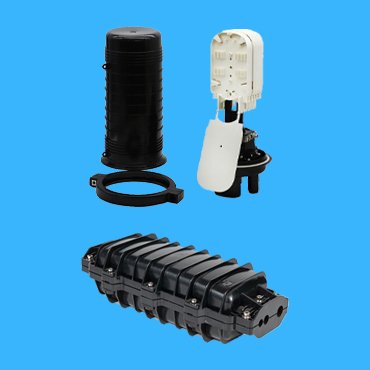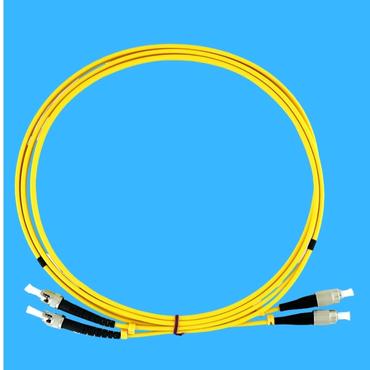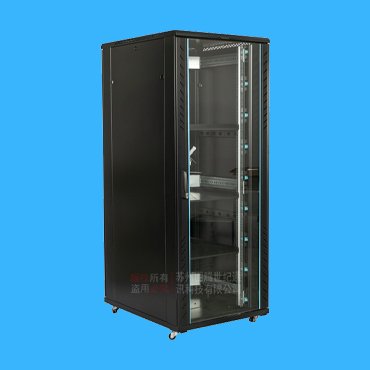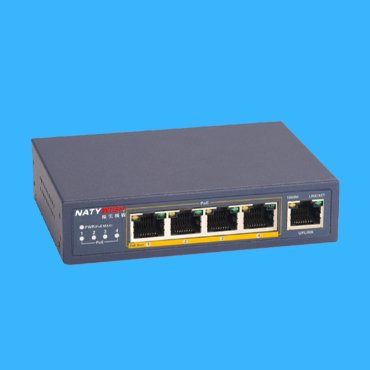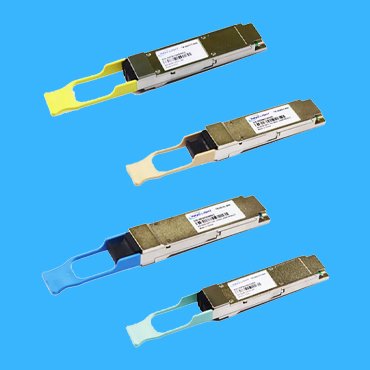Your Best Supplier of Fiber Termination Box in China
Over 20 years manufacturing experience, it is avaiable in a full range of fiber termination box and a custom one, associated with fiber patch cord cable, joint enclosure and PLC splitter etc.
What is a Fiber Termination Box
A fiber termination box is made of ABS plastic or cold-rolled steel, used to terminate a fiber optic cable, pre-assembled with different ports in size or adapters and provide space for fiber splicing & storage.
PowerTel & its associated factory have capacity to offer you a full range of fiber termination box for both outdoor & indoor applications.
Indoor & Outdoor Fiber Termination Box
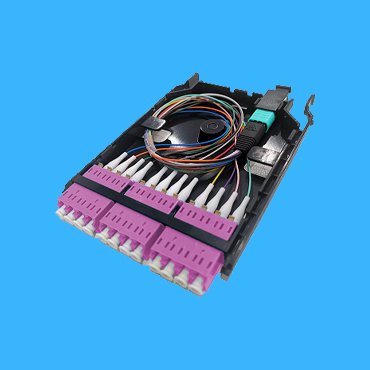
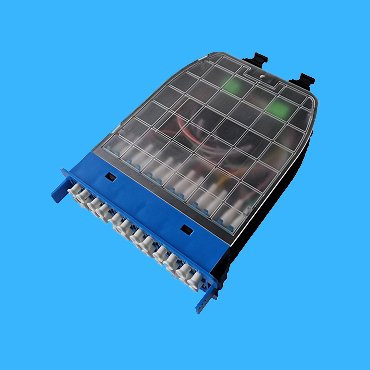
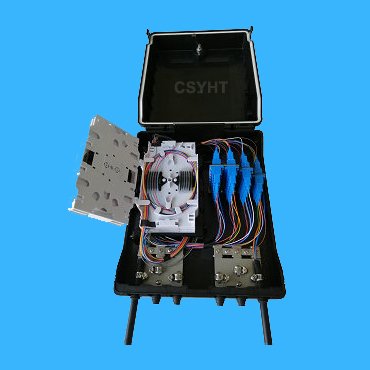
Product Feature Box




Related Product
Technical Requirement for a Fiber Termination Box
1. Coating color for a fiber termination box
The recommended color for the surface coating of the box is gray white , light gray or a custom color.
2. Coating appearance for a fiber termination box
The surface coating of coated metal structural components should adhere firmly and be free from defects such as peeling and paint peeling. Its appearance and color should be uniform, smooth and flat, and the paint film should adhere firmly, without any phenomena such as nodules, shrinkage, bubbles, pinholes, cracks, peeling, pulverization, particles, sagging, scratches, exposure, bubbles, and whitening.
3. Coating adhesion
In order to comply with the relavant standar, a coating adhesion test for this fiber termination box need to be taken strictly.
4. Coating impact resistance
After the impact test, the coating on the surface of the fiber termination box should be free of defects such as radial cracks and notches.
5. Aging resistance of coating
After the anti-aging test, the coating on the fiber termination box surface shall meet the requirements of relavant standard.
6. Coating solvent resistance
After the solvent resistance test, the coating on the surface of a fiber termination box should not show any loss of gloss, obvious discoloration, or signs of being wiped by visual inspection
7. Mechanical performance requirements of a fiber termination box
After mechanical and wind tests, the box should not have the following defects:
a) Deformation or damage that affects shape, fit, and function, such as functional damage to hinges, locks, pins, etc;
b) Delamination, warping, puncture, damage, and permanent deformation;
c) Door opening and closing are not flexible and reliable; The moving parts such as doors and covers cannot rotate flexibly, cannot be closed (locked), or are stuck.
d) Expansion, cracking, and detachment of sealing parts;
e) Bending, looseness, displacement or damage of installation parts and fasteners.
The outer shell of the box should generally be made of metal plates, using cold-rolled steel plates. The box structure should be tight and firm, and the box and internal hardware should be used
After assembly, the structural components are not twisted, and the assembly has consistency and interchangeability. Under the condition of meeting the functional requirements, the box size should not exceed the requirements 1. The radius R of the chamfer on the exposed and operating parts of the box shall not be less than 2mm. The connection of fasteners should be firm, reliable, and free from looseness.
The box door adopts a single door, which should be flat and firm, and the opening angle of the box door should not be less than 120o. The box body is of anti-theft structure, with flexible and reliable opening and closing, and has good anti damage function.
8. material requirements for a fiber termination box
The outer part of the box is made of cold-rolled steel plates with a thickness of ≥ 1.2mm, and the cold-rolled steel plates used must undergo heat treatment
Surface treatment such as galvanizing or powder spraying.
The main performance indicators of cold rolled steel plates should meet:
Tensile strength: 375-500N/mm2
Elongation: ≥ 26%
Yield point: ≥ 235N/mm2
In addition to using the above materials, other materials with better performance can also be selected.
The non-metallic materials used for the box shall be resistant to corrosion and aging, and the external surface shall be free of delamination, cavity and other defects.
The non-metallic materials used for the box body should have no stress cracks, no coating peeling, no peeling, and no color change after undergoing corrosive liquid testing.
The non-metallic material components of the box should not corrode or damage other material components.
Non metallic material components (including insulated wires, cables, and foam materials) should be non combustible materials, and their combustion performance should can meet the requirements of flame retardant test HB level.
All exposed non-metallic box components should be resistant to ultraviolet radiation, and after simulated solar radiation testing, there should be no cracks, pinholes, damages, or other phenomena.

